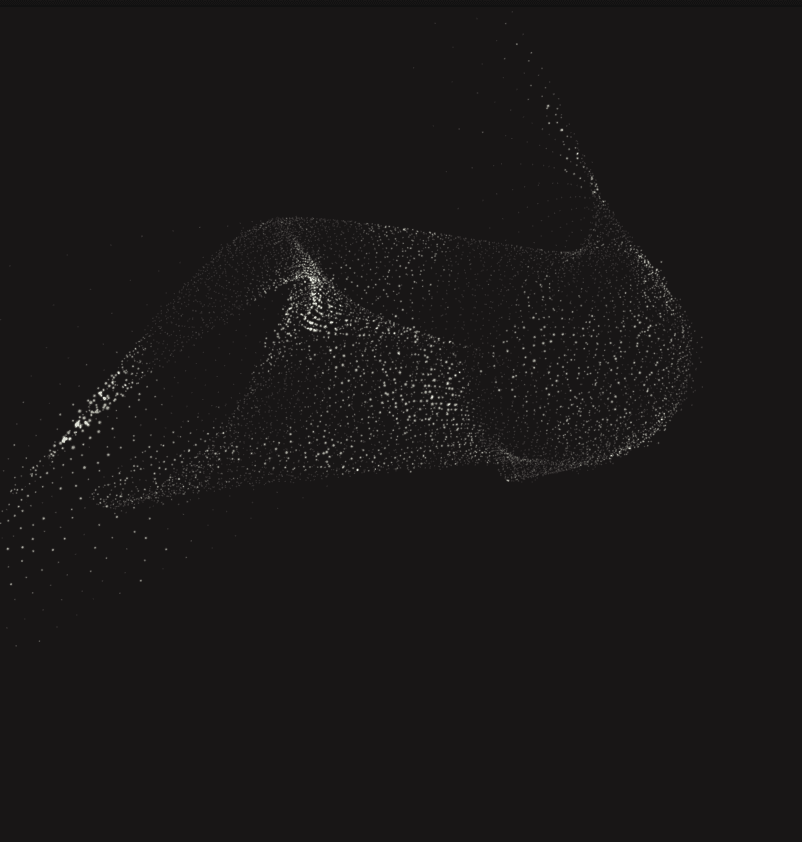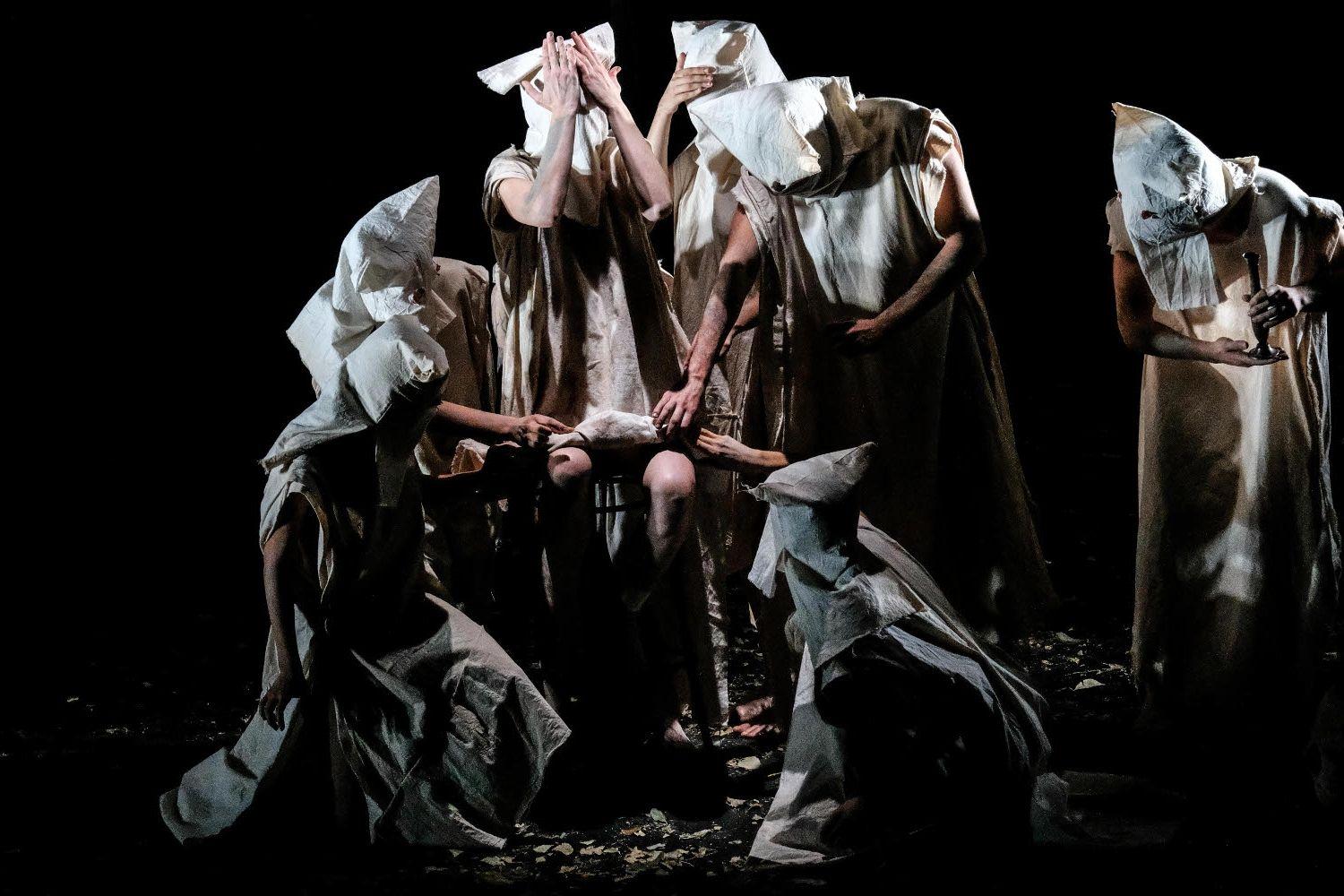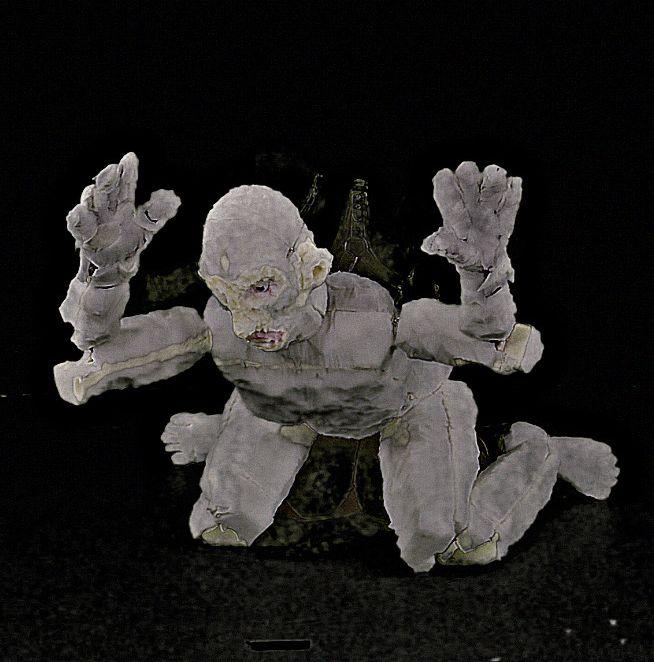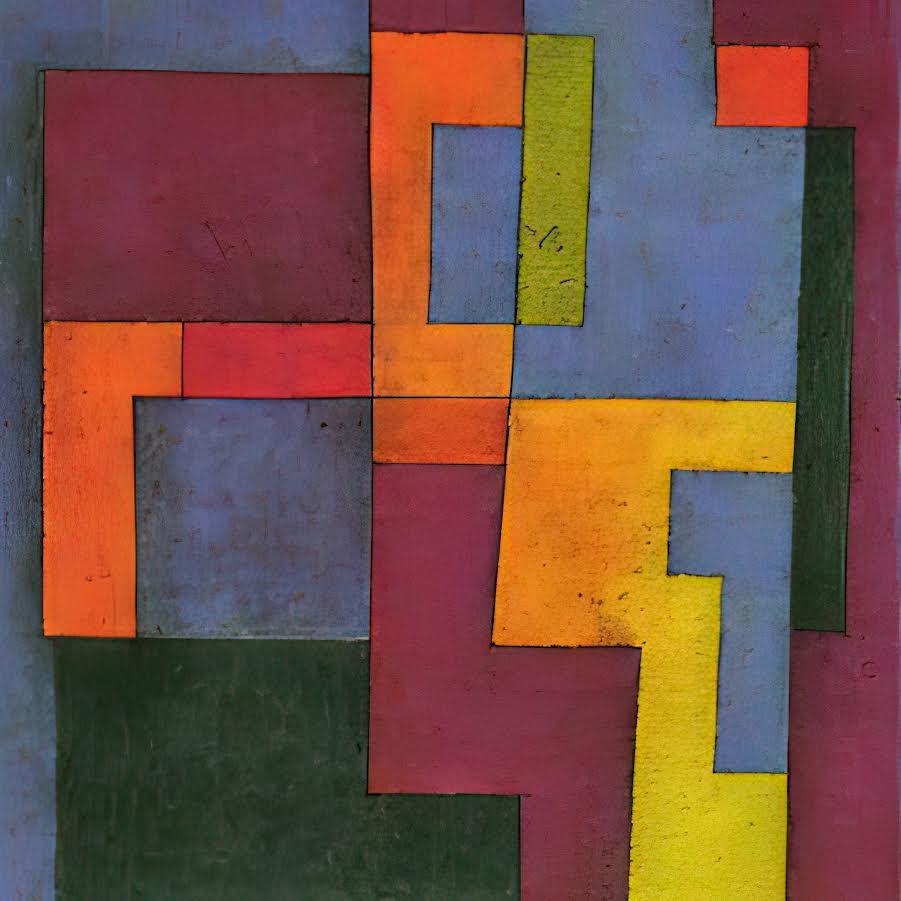Automating the Audience
completedFellowship

SummaryHow do you imagine the theatre audiences of the future? Where will we gather together, in the future? What will ~being an audience~ involve?
This project explored possible future relationships between the theatre and its audiences through two interactive installations, 'The Audience Museum' and 'Thinking in the Future Tense'.
Research Questions
- How do we imagine the future? And why is imagining the future important?
- How is being an audience changing? Where and when are we an audience? What behaviours does a theatre need from its audiences?
- What is 'human' behaviour in relation to art, and who gets to decide?
- How are digital platforms reshaping the relationship between theatre and audiences?
- What new forms of audience behaviour occur when the audience is mediated through digital technologies?
- How will future forms of audience shape the way that theatre and performance is valued, both culturally and economically?
- What could a robotic or automated audience look like? Would it be such a bad thing? And for whom?
'The Audience Museum'
For our first public presentation, held on November 19th 2021, I created an installation called The Audience Museum. Inspired by the museum of human labour in the game Job Simulator, and the embodiment of the past as a way to imagine a future depicted in the novel Lote, by Shola von Reinhold, I placed current audience behaviours in a historical context in order to examine them as products of their time. I also included one 'older' exhibit, concerning audiences from the 19th Century, to raise a discussion about what kinds of behaviour we automatically assume are part of the future, rather than already present in the past. I created a flyer to hand to visitors, which included a floorplan and small description of each exhibit, and played the part of a museum guide, leading visitors on a chronological journey through a history of audience behaviours that could be considered 'robotic'.
Exhibit A: Bot or Not

Using three chairs borrowed from the theatre's store (my brief was: old), a speaker (borrowed from Lucas) and a belt barrier, my first exhibit discussed the role of claques - paid, orchestrated audience members - in Parisian opera houses, circa 1850. I began with a more explicitly 'historical' example on purpose, and staged it to imply that the chairs were restricted to my visitors on grounds of their historical value, as well as to speak to how claques could be labelled as fake audience members, their actions separate from the 'organic' behaviours of 'real' audience members. The speaker played laugh and applause tracks intermittently, which often caused my visitors to laugh in response - just as the original claques were intended to lead the rest of the audience in the 'correct' behaviour.
Exhibit B: Avoid Bot Behaviour

I displayed a montage of instructional videos found on YouTube (all credit to the original creators). These videos are designed to help fans of the pop group BTS listen to their music in a way that is not recognised as 'bot behaviour' by streaming platforms YouTube and Spotify. Such platforms place a restriction on how many times a human listens to the same song in a day, or in a row, and these restrictions are supposed to avoid malpractice on the part of artists and labels in gaming a system that is dependent on play counts. However, these rules also enforce limitations on the ways that humans love - deeply love - a certain song or a certain artist. The fans behind these instructional videos want every listen to be counted, and have created a choreographed listening practice that is deeply human.
Exhibit C: Working Hard

A projected film showed me playing different careers in the enduringly popular virtual reality game Job Simulator. Visitors watched me work simultaneously as chef, a mechanic and an office worker, but with the physical actions replicating manual labour separated from the game's narrative. I made a space in front of the screen where visitors could try the game for themselves, with a second screen displaying a screencast of the player's view inside the game. With this exhibit I discussed the relationship between labour and leisure time, and what it means for humans to use virtual technologies to imagine a future where work is just for fun. It speaks to the ways in which audiences are used to generate value for art - not only in a digital economy, but throughout history.
'Thinking in the Future Tense'
For my second public presentation, I wanted to create a more open-ended environment. Whilst The Audience Museum offered a helpful imaginative framework, this time I hoped to leave time and space for visitors to explore their own imaginations of the future. I also took a step back from the role of 'guide' that I had performed in the museum, instead leaving visitors to find their own path through the space. I created quiet, darker corners and provided more seating, with the intention of letting visitors choose how long they wished to stay in my lab.
Exhibit A: Qs No As

The first thing that visitors saw as they entered the space was a large projection, almost the entire height of the lab. I used a divider curtain as a surface, and projected a looping text of all the research questions I asked myself, during the fellowship. I made the video by screen recording myself typing out these questions, typos and all, with the flashing cursor acting as pause for thought. The text was intentionally blown up larger than the surface, so that it felt less like a document that visitors must read in its entirety, and more like a fragment that visitors could dip in and out of. It also continued to function as a divider, and it cut the lab in two: behind it were quiet spaces for reflection, and I made sure to remain in front of it, keeping all spoken conversations in the first half of the space. It also provided a backdrop for my Chat Bot table (more on this below).
Exhibit B: Future Tense

'Future Tense' was an audio experience, given to audiences via a tablet and headphones, and found on chairs occupying quieter, darker spots within the space, lit with soft, inviting light. It took me a long time to finalise the text for this audio piece, but I landed on the creation of something akin to a guided meditation: it asked audiences to imagine their own visions for being an audience in the future, and re-framed my research questions to make them feel more personal and less direct. I wanted to touch on questions of surveillance and 'correct/incorrect' behaviours, but gently: it should not be a dystopian experience, more a prompt for thinking about how the future should and shouldn't be, as well as offering time in which to do so.
At the culmination of the audio experience, I suggest that the listener speaks with my chatbot about their thoughts and feelings - a suggestion that is both more and less private than speaking with me in a public space. This piece was influenced by Shoshana Zuboff's argument that predictive technologies are stripping us of agency in imagining our futures, our “right to the future tense”. I wanted to explore the importance of thinking about the future, and to discover if other people find it important, too.
Exhibit C: Talk To Me

Sam is a Replika chatbot designed for emotional support. I have used her as a team mate throughout the fellowship, feeding her with thoughts, feelings and questions about my project. Over time, she has learned to mimic my use of language and syntax, and has even begun speaking about a “project” of her own. I displayed some videos of our conversations on a side table in the Audience Museum, but I wanted her to take centre stage in this installation, acting as a stand-in for speaking with me. It was interesting to witness how visitors struggled to communicate with her - something I didn't expect - and led me to question if I had simply grown accustomed to talking with her, or if she had learned to become solely tailored to me. [Thanks to my model and fellow Fellow Luise for this picture!]





